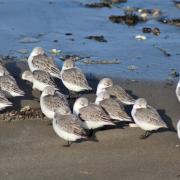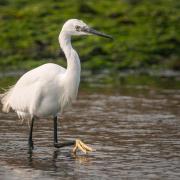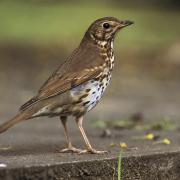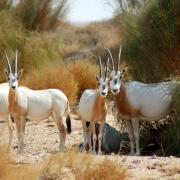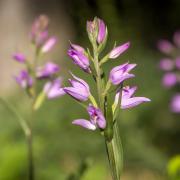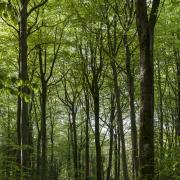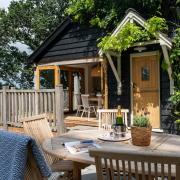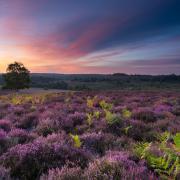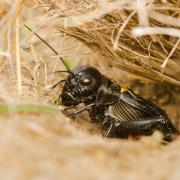With bees being responsible for one third of all the food that ends up on our plates, we need to do what we can to protect them. Kizzie Henderson from The Wildlife Trust gives some tips on how to ensure our Hampshire bees get through the winter
Bees are amazing insects that play a vital role in our eco system. There are dozens of species of wild bee, and together with domestic honeybees they form a large workforce responsible for pollinating 75% of the world’s food crops, so they are essential for our health and livelihoods.
During the 20th century, many of our wildflower-rich meadows started to decline due to other land uses and agricultural intensification. This has continued, and the deterioration of flower-rich grasslands now stands at around 97% locally. Such losses have had a huge impact on some of our insect pollinators, which are no longer able to find the food and shelter that they need. This means we face a continuing massive decline in our bee populations.
David Rumble of the Hampshire and Isle of Wight Wildlife Trust stresses the importance of creating havens for bees.
“Locally we have an impressive selection of wild bees including bumblebees, honeybees and mining bees, but many species are declining. Without enough refuge we may face a future without bees, which will bring serious consequences for crops and the wider environment.”
The Department of Environment, Food and Rural Affairs (DEFRA) have teamed up with The Wildlife Trust, Plantlife and the Rare Breeds Survival Trust to address this, and are calling for action to help protect wild bees; just a few simple changes to land management can make a big difference. So whether you are a farmer, a gardener, or a manager of urban or amenity spaces, there is something you can do to help these valuable insect pollinators.
These five actions can require as little effort as mowing the grass in your garden less frequently. Included in Defra’s other four actions is some guidance from The Hampshire and Isle of Wight Wildlife Trust on how to prepare your garden over the winter:
1 Grow more flowers, shrubs and trees
These provide nectar and pollen that bees are reliant on as their food source. The most useful thing to do in winter is to grow plants that will provide pollen and nectar in the early spring. Recommended plants in late autumn and early winter include Crocuses, Grape Hyacinths and Snowdrops. Other common examples of bee friendly plants include winter flowering jasmine, and winter flowering Erica Species.
2 Leave patches of land to grow wild
Wildflowers will also provide bees with an abundance of food. For example, dandelions will provide a great food source and breeding spaces.
3 Avoid disturbing nests and hibernation spots
Bees need these areas to nest in safety so that they and the next generation can survive in winter. Some bees nest underground in places such as abandoned rodent holes, under sheds and in compost heaps. Of those that nest above ground, some make nests in thick grass, while others make nests in bird boxes and in trees. For those that nest in bird boxes, you may often see ‘swarms’ of bees flying around the nest. This is perfectly normal, and are usually male bees waiting for the queens to come out so that they can mate. Male bees cannot sting, so please don’t be alarmed if you see this. You can create hibernation spots by drilling holes in a block of wood to provide nestling space for solitary bees.
4 Think carefully about using pesticides
The chemicals in pesticides are thought to be part of the problem that is threatening bee numbers. Consider physically removing pests or creating barriers to deter them.
--------------------------------------------------
Read on
• Nocturnal wildlife to look out for in Hampshire•
• CLA Chairman calls for MPs to ensure the future of our countryside






